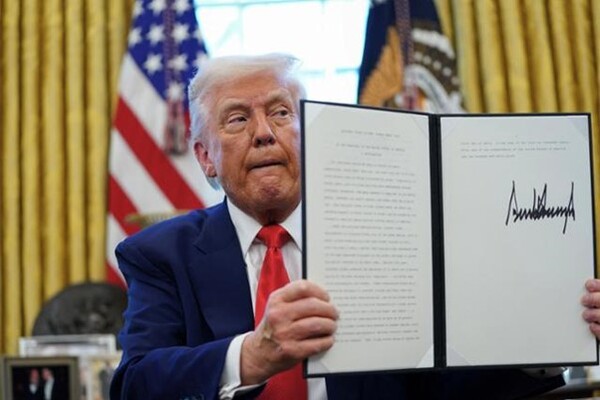Trump's Tariff Announcement and Market Reactions
Initially, President Donald Trump's announcement of reciprocal tariffs on April 2 left the U.S. stock market unfazed. However, the subsequent days witnessed a dramatic rise in the yield on the 10-year U.S. Treasury bond, marking the steepest increase since the 2008 financial crisis. By the time these tariffs were set to take effect, the yield had surged to 4.5%, with the 30-year U.S. Treasury bond also seeing a significant jump.

The Sudden Tariff Delay
In a surprising turn of events, President Trump announced a 90-day delay for tariffs on all countries except China, just hours after their implementation. This decision was reportedly influenced by a sell-off of U.S. Treasury bonds and risky assets, leading analysts to suggest that Trump yielded to a "bond market tantrum." During a Q&A session, Trump admitted to monitoring the bond market's reactions, highlighting its complexity and the nervousness it caused.
Behind the Scenes: Influences and Internal Debates
The decision to delay tariffs was shaped by pressure from financial markets and influential figures like Jamie Dimon, CEO of JPMorgan Chase. Key advisors, including Treasury Secretary Scott Vessent, played a significant role in persuading Trump, while hardline strategist Peter Navarro was notably absent from discussions. The White House framed the delay as a strategic move, with Vessent praising Trump's courage and predicting new trade deals as a result.
Market and Political Implications
While the tariff delay has temporarily eased market tensions, it has sparked speculation about the future of U.S. trade policy and global economic relations. The influence of Wall Street executives and media coverage in shaping political decisions underscores the complex interplay between finance and policy. Internal administration debates reveal the challenges of balancing political objectives with economic stability in the face of global trade complexities.






Comments